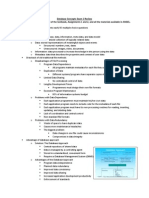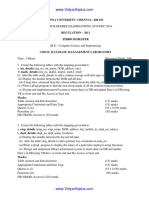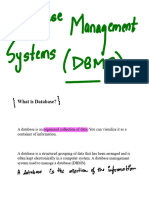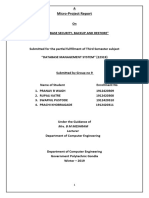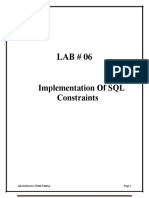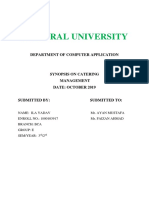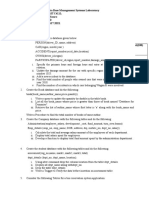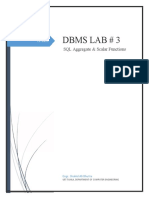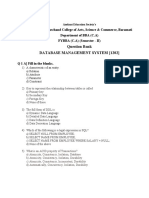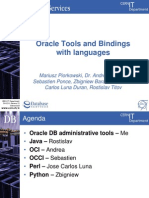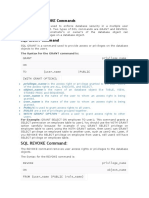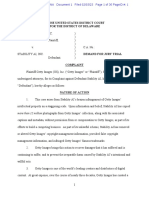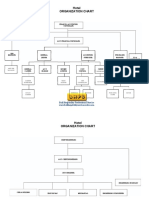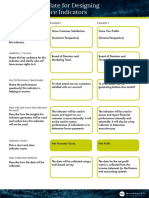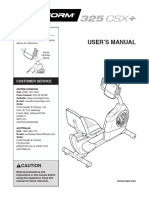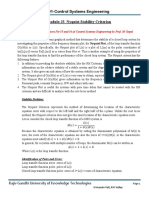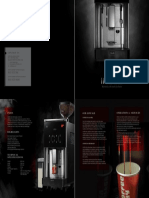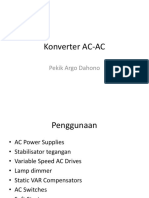0% found this document useful (0 votes)
573 views24 pagesAdvanced SQL for DBAs
This document provides an overview of data control language (DCL) in SQL. It discusses how database administrators can create users and grant them privileges. System privileges allow users to perform database actions while object privileges allow manipulation of database objects. The document outlines how DCL statements like GRANT and REVOKE are used to manage user privileges and roles. Database views are also mentioned as a way to view the privileges that users and roles have been granted.
Uploaded by
Yael CabralesCopyright
© © All Rights Reserved
We take content rights seriously. If you suspect this is your content, claim it here.
Available Formats
Download as PDF, TXT or read online on Scribd
0% found this document useful (0 votes)
573 views24 pagesAdvanced SQL for DBAs
This document provides an overview of data control language (DCL) in SQL. It discusses how database administrators can create users and grant them privileges. System privileges allow users to perform database actions while object privileges allow manipulation of database objects. The document outlines how DCL statements like GRANT and REVOKE are used to manage user privileges and roles. Database views are also mentioned as a way to view the privileges that users and roles have been granted.
Uploaded by
Yael CabralesCopyright
© © All Rights Reserved
We take content rights seriously. If you suspect this is your content, claim it here.
Available Formats
Download as PDF, TXT or read online on Scribd
/ 24







